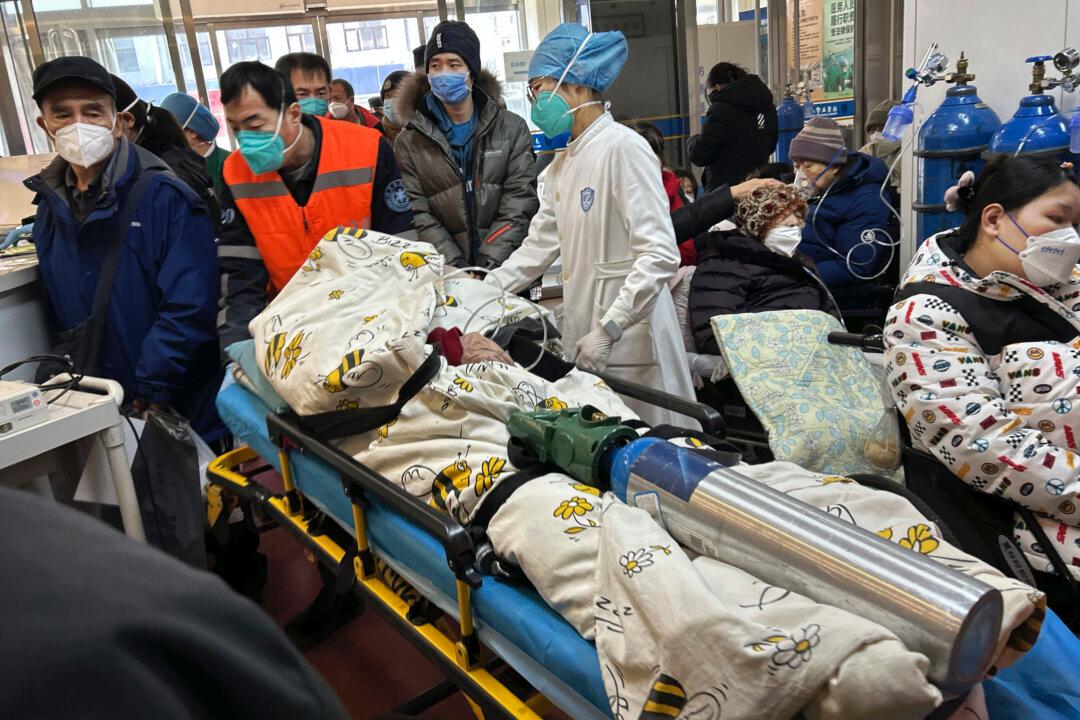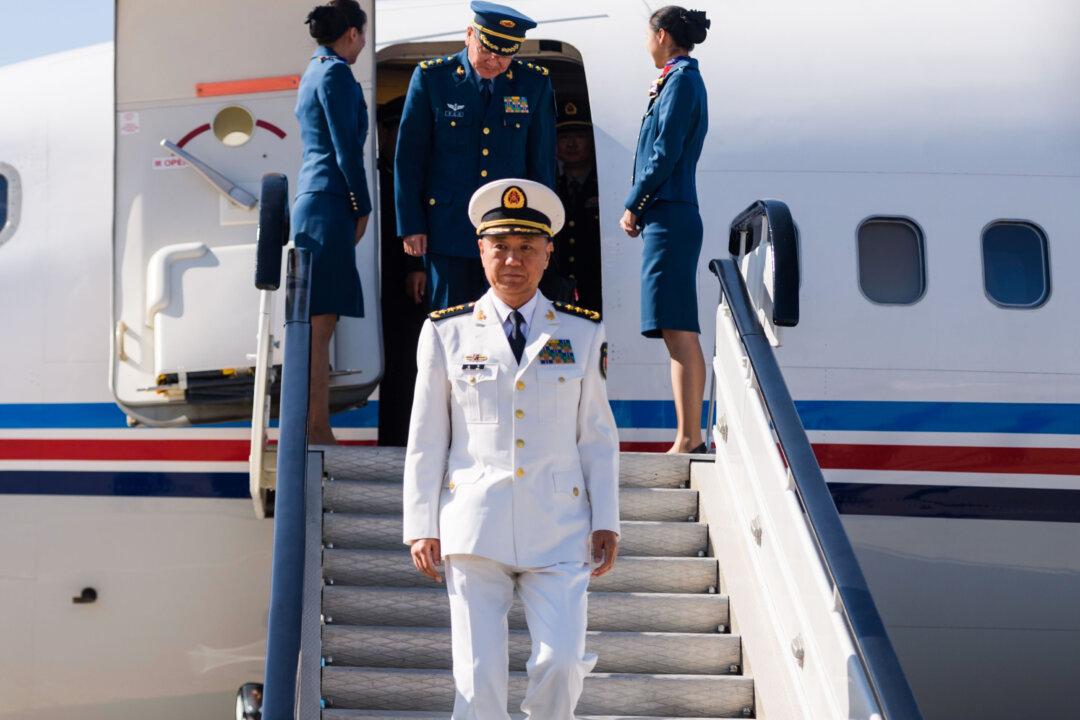As a deadly new virus first emerged in the central Chinese city of Wuhan in late 2019, the regime downplayed its severity and concealed the true scale of the outbreak.
It wasn’t until late January 2020 that Chinese officials disclosed that the mysterious virus was capable of transmitting between humans. The delay in public warning allowed the disease to develop into a global pandemic. By the time Wuhan was locked down, cases had already been reported in the United States, Thailand, and several other countries.





